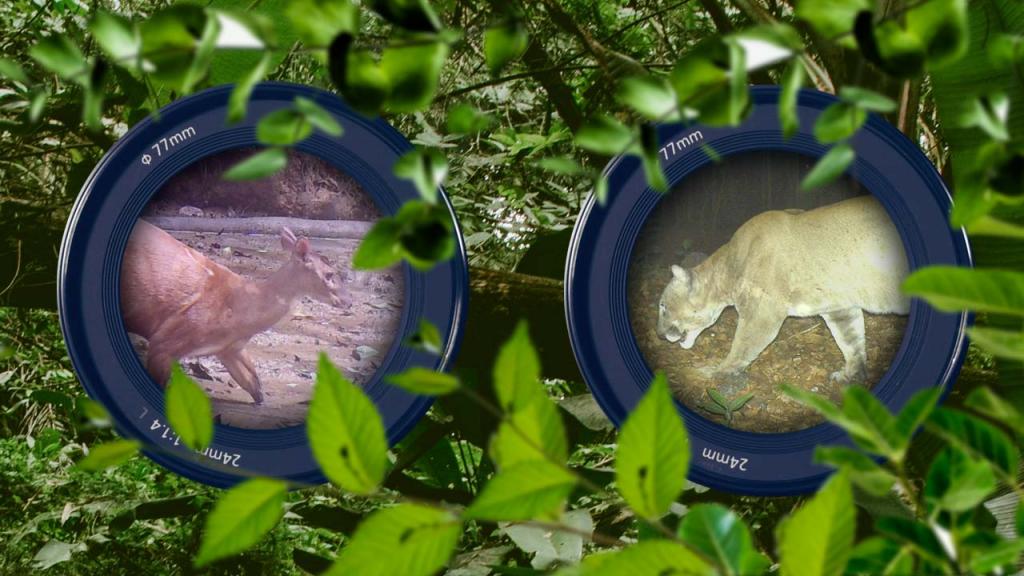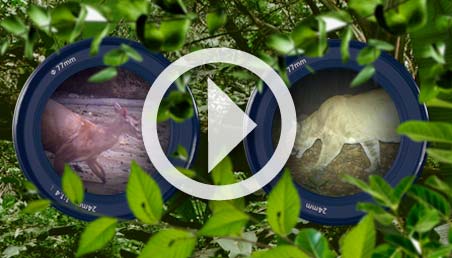


Camera traps have made it possible to observe the diversity of animals that live in a particular area of the country. By using these, landowners have been able to detect birds and mammals they never imagined were living on their land or that they thought were a mythical species not seen for so many years that they were considered extinct. This was the case with the tapir, which, after decades, was first spotted in an area of Santander.
“In fragmented areas of Magdalena Medio we have found jaguars, pumas, and also tapirs, which we also found recently in Santander, but had not seen for several decades”, commented Andrés Link: professor in the Faculty of Sciences at the Universidad de los Andes. “The camera trap detected some individuals in a private conservation area”.
Camera traps use motion and temperature sensors to film the animals that pass in front of them. This is not recent technology, but it always leads to new discoveries, which have allowed the Faculty of Sciences team to undertake several studies in these habitats. These include measuring how often animals visit a certain place and finding out the association that certain species have with different types of forests or vegetation.
 The camera trap detected some individuals in a private conservation area.
The camera trap detected some individuals in a private conservation area. 
Another one of professor Link’s studies has observed the spider monkey demographic, a threatened species, over the course of a number of years. The cameras have allowed him to identify each individual without the need for them to be directly monitored: something which is difficult to implement. The audiovisual recordings show which individuals are born and which ones die.
Where the cameras are placed depends on the objective of the task the researchers are undertaking. They can be placed with feed troughs or in places where the particular animal moves around; this is the case of spider monkeys that leave a trace of sand in the trees they climb down. For other more general samples, the decision of where to place the camera is taken by the laboratory in order to detect what animals live in hidden places.
Detecting these animals yields two positive results. It allows researchers to see the condition of and relationship between the animals in the different habitats and also allows the landowners—who help this research—to observe the richness of fauna they have on their land. It is hoped that this will make the inhabitants, who benefit from the land, more aware of what they have.Share


